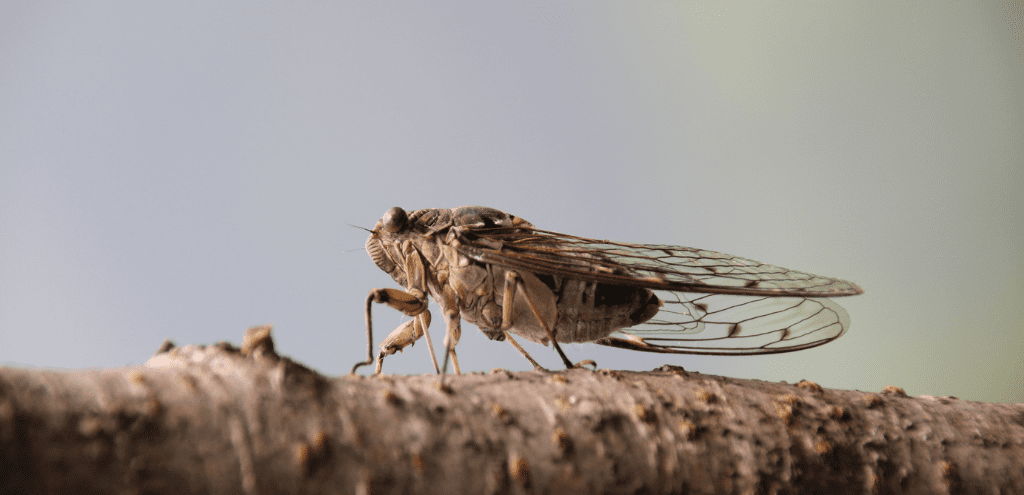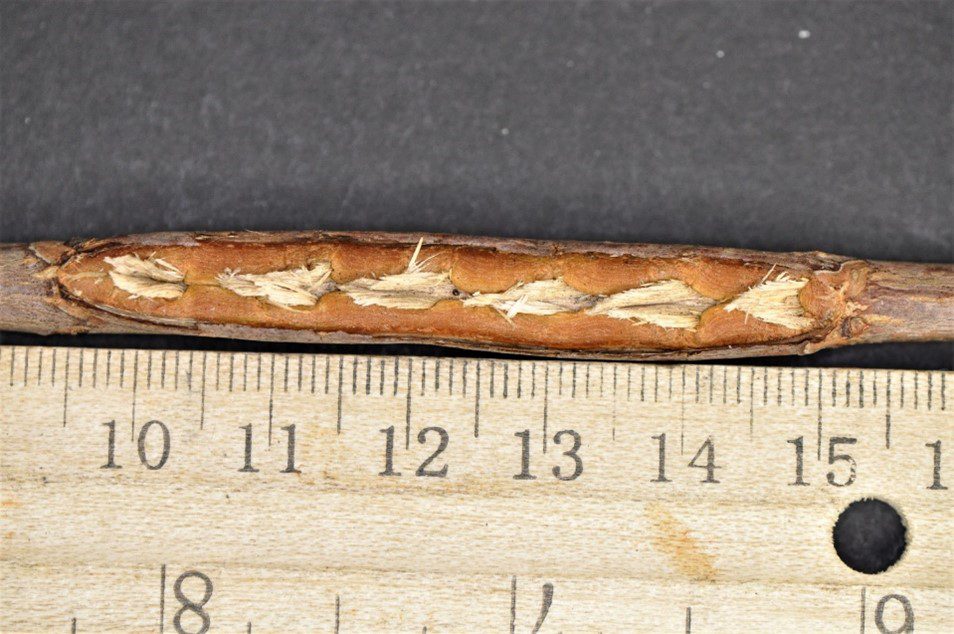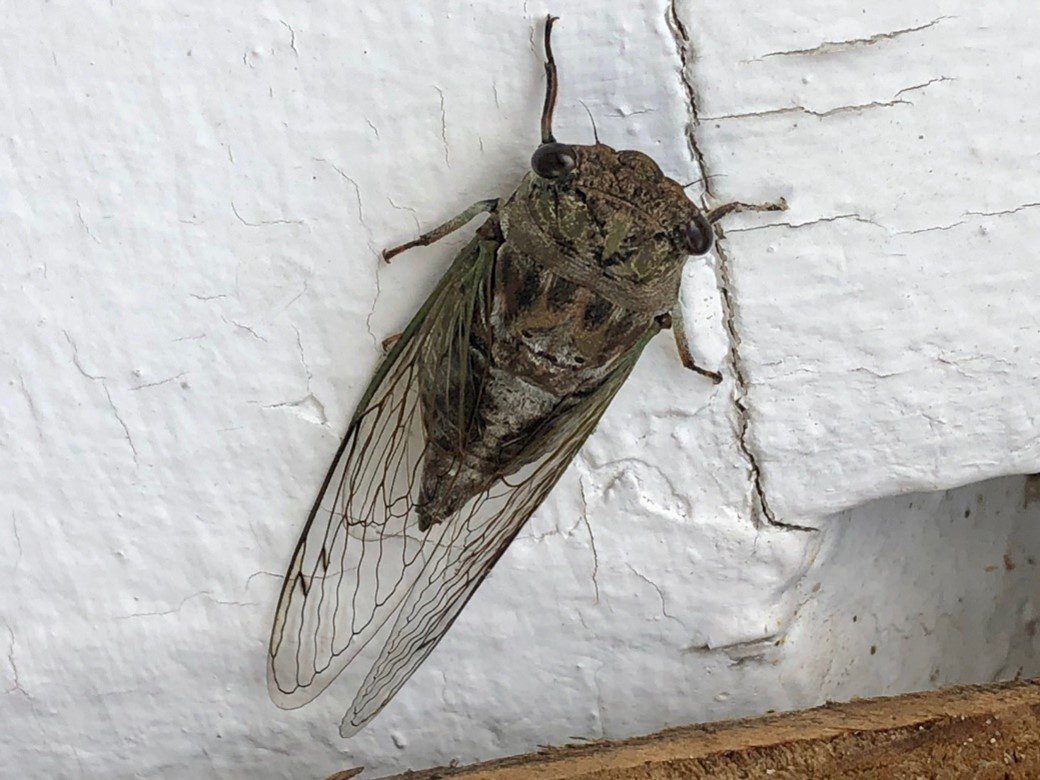
This article is the first in a series of featured stories this spring/summer with our partners at Bartlett Tree Research Laboratories. This partner series aims to educate the DC region about its insect inhabitants and provide practical tree care advice to residents.

If you were living in or visiting the DC area back in the spring or summer of 2021, you probably remember the scene. What began as a typical enough April soon turned into a nightmare for some and an ecological dream for others (myself included). I’m talking of course about the emergence of the Brood X cicadas, otherwise known as the Great Eastern Brood.
For a few months, many states across the eastern half of the US experienced the arrival of billions of adult cicadas in a synchronized emergence that is undoubtedly one of nature’s coolest phenomena. They crawled out of the ground, molted, mated, laid eggs, and just like that, their 17-year book came to a close.
While Brood X’s time in the spotlight was fleeting, the damage that the adult females caused to small twigs and branches through the process of egg-laying (referred to as ‘oviposition’) can still be seen today.

By now you might be wondering, why are we talking about periodical cicadas? Hasn’t it only been 3 years? In my role with the Bartlett Tree Research Laboratories, I am regularly fielding all sorts of tree, insect, and disease questions from the public and practioners. This season, one of the most common questions I’ve gotten is about cicadas – when are they coming and what should we do to prepare?
The periodical cicadas are in fact coming, and in larger numbers than in 2021 (if you can believe it). Fortunately for many concerned residents in the District, however, they won’t be making an appearance in this part of the world. Instead, portions of the Midwest and South will experience the rare co-emergence of 2 different broods – Brood XIII and Brood XIX. The lucky residents of north-central Illinois will be uniquely positioned to experience both broods emerging in close proximity.

Does this mean we should expect a cicada-free summer then? No way! While periodical cicadas steal the show every 13-17 years, annual cicadas (often referred to as dog-day cicadas due to their arrival coinciding with the star Sirius being present at sunrise) can be seen and heard every summer. Although they look and behave similarly to their periodical cousins, they are green and black in color as adults. And as opposed to large broods of periodical cicadas, they will not be in numbers large enough to warrant netting of young trees or any tree protection.
Whether periodical or annual, cicadas are a great example of the interesting bugs you can find in your own backyard if you know where to look!

